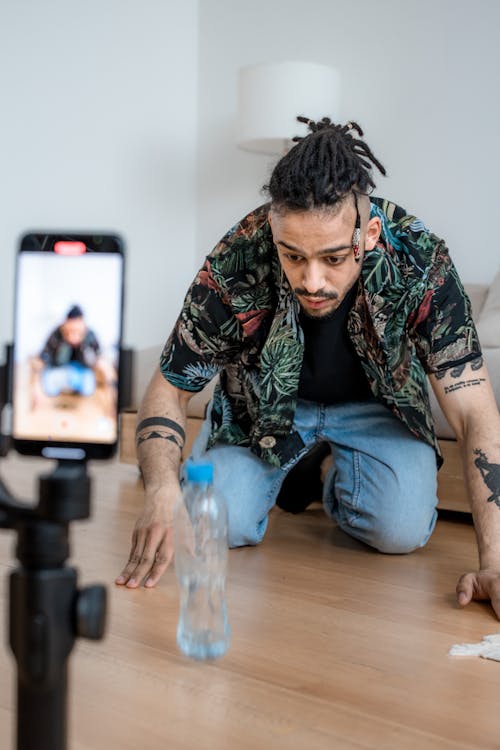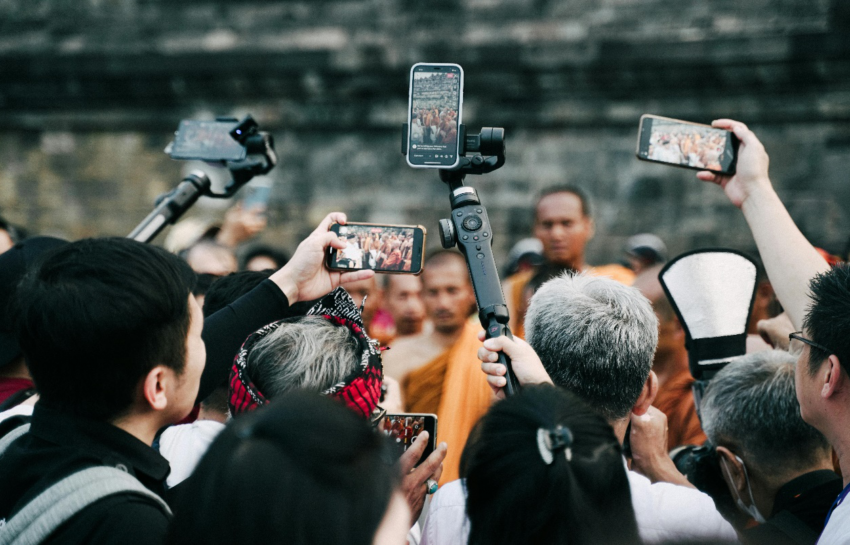In the not-so-distant past, traditional media outlets like newspapers, television, and radio reigned supreme, dictating the flow of information to the masses. Fast forward to today, and the media landscape has undergone a seismic shift. Social media platforms have not only disrupted traditional media but have also woven themselves into the very fabric of how we consume and engage with content. Let’s dive into how social media is influencing and complementing traditional media appearances, creating a dynamic interplay that’s reshaping the industry.
The Rise of the Journo-Influencer
Gone are the days when journalism was a one-way street. Enter the journo-influencer—a hybrid of journalist and social media influencer. These modern storytellers leverage platforms like Instagram, TikTok, and YouTube to disseminate news, provide commentary, and engage with audiences in real-time. By blending traditional reporting with personal branding, journo-influencers have cultivated loyal followings, making news more accessible and relatable. This evolution signifies a shift from institutional trust to individual credibility, as audiences seek authentic voices amidst the noise.
Social Media as a News Source
Social media platforms have morphed into primary news hubs, especially for younger demographics. A Pew Research Center survey from September 2024 revealed that over half of U.S. adults—54% to be exact—get some of their news from social media. Platforms like Facebook and YouTube lead the pack, with 33% and 32% of users respectively turning to these sites for information. This trend underscores a move away from traditional news consumption, as users favor the immediacy and interactivity that social media offers.
The Feedback Loop: Social Media Influencing Traditional Media
The relationship between social and traditional media is no longer a one-way street. Social media trends often set the agenda for traditional media coverage. For instance, a study highlighted that traditional media outlets are more likely to cover earnings announcements experiencing social media buzz. This phenomenon illustrates how social media can amplify certain topics, prompting traditional media to follow suit to stay relevant and capture audience interest.

Complementary Forces: Enhancing Traditional Media Through Social Platforms
While social media has disrupted traditional media, it also offers opportunities for enhancement. Television shows, for example, actively encourage social media engagement by promoting specific hashtags during broadcasts. This strategy fosters a sense of community and real-time interaction among viewers. A notable instance is Fox’s crime drama “Bones,” which utilized the Twitter handle @BONESonFOX to interact with fans, share music from episodes, and host live-tweet sessions with cast members. Such integration not only boosts viewer engagement but also extends the show’s reach beyond the TV screen.
The Democratization of Content Creation
Social media has lowered the barriers to entry for content creation, enabling anyone with a smartphone to become a publisher. This democratization has led to a surge in user-generated content, providing diverse perspectives that traditional media might overlook. However, this influx also presents challenges, such as the proliferation of misinformation. Traditional media outlets now find themselves in a position where they must fact-check and verify information circulating on social platforms, highlighting the need for journalistic integrity in the digital age.
Challenges and Opportunities in the New Media Ecosystem
The fusion of social and traditional media presents both challenges and opportunities. Traditional outlets face the task of adapting to the fast-paced, interactive nature of social platforms while maintaining journalistic standards. On the flip side, social media offers traditional media avenues for audience growth and engagement. By embracing multimedia content, live interactions, and personalized storytelling, traditional media can enhance their relevance in an increasingly digital world.

The Future: A Symbiotic Relationship
Looking ahead, the relationship between social and traditional media is poised to become even more intertwined. As platforms evolve and audience behaviors shift, media entities must adopt a hybrid approach, leveraging the strengths of both mediums. This symbiosis can lead to richer content experiences, broader reach, and a more engaged audience.
In conclusion, social media’s impact on traditional media placements is profound and multifaceted. By influencing content agendas, fostering real-time engagement, and democratizing content creation, social platforms have reshaped the media landscape. Traditional media, in turn, has the opportunity to harness these changes, creating a dynamic interplay that benefits both creators and consumers.
Maximize Your Brand’s Reach with Expert Media Placement
Ready to elevate your brand’s presence? TV booking agents at OTA Talent connect you with top TV, radio, podcasts, and digital platforms, ensuring your business and story own the spotlight. Whether you want to book a national TV appearance, secure a podcast guest placement, or find booking agents for radio interviews, we’ve got you covered. Let us help you boost credibility and expand your reach!















